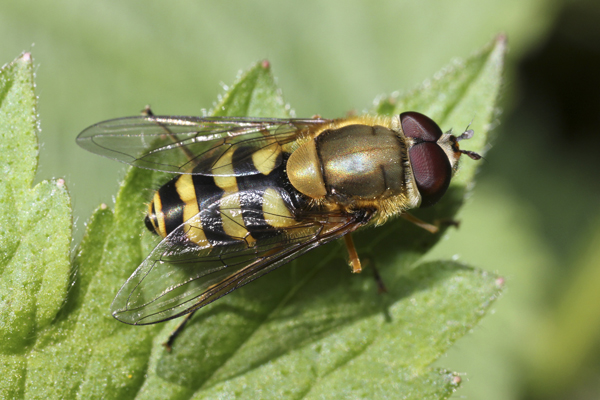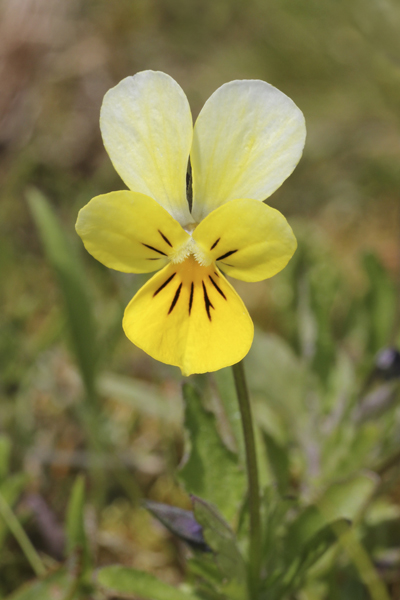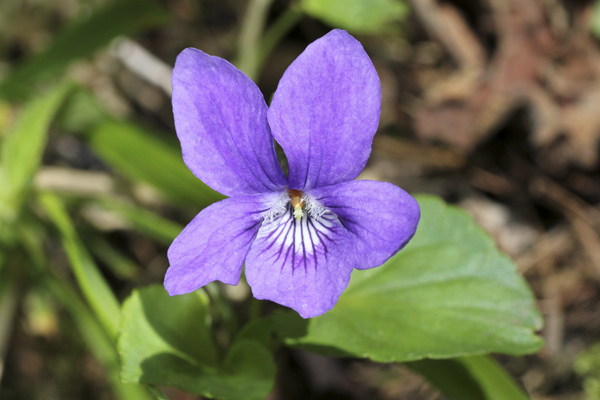We visited a new venue on our MNA Coach Trip – Manifold Valley in Staffordshire’s White Peak area. The track ran along the former route of the Leek and Manifold Light Railway through a wooded valley beside the Manifold River. A picturesque location with a varied selection of birds, insects and plant life to satisfy all members interests keeping us busy during our visit.
Bird-wise I noted Peregrine Falcon, Common Pheasant, Common Swift, Green Woodpecker heard, Barn Swallow, House Martin, Grey Wagtail, Common Redstart heard, Garden Warbler, Blackcap, Common Chiffchaff, Willow Warbler, Blue Tit, Coal Tit, Jackdaw, Rook, Raven, Chaffinch, Greenfinch, Goldfinch, Common Bullfinch and Reed Bunting. Chris B had seen Grey Heron, Nuthatch and heard Wood Warbler with Richard Surman adding Spotted Flycatcher and Dipper to the day’s list. Dave B & co had Marsh Tits close to the tea-room at Wetton Mill.
Butterflies on the wing included Green-veined White Pieris napi, Orange Tip Anthocharis cardamines and a Small Copper Lycaena phlaeas.
Orange Tip
Leucozona lucorum
A striking hoverfly with a white band across the upper abdomen, black wing patch and a yellow-orange scutellum was later identified as Leucozona lucorum. Other Hoverflies included Drone Fly Eristalis tenax, Hoverfly Rhingia campestris and Hoverfly Syrphus ribesii.
Syrphus ribesii
Mating Craneflies
Flesh Fly
Insects included Scorpion Fly Panorpa communis, a pair of mating Craneflies Tipula vittata, Dance Fly Empis tessellata, Flesh Fly Sarcophaga sp. St. Mark’s Fly Bibio marci, Nursery Web Spider Pisaura mirabilis, Common Carder Bee Bombus pascuorum, Green Dock Beetle Gastrophysa viridula, a Click Beetle and a Weevil.
Red Campion Smut Fungus
A few clumps of Red Campion were suffering from a smut fungus Microbotryum silenes-dioicae which infects the anthers of male flowers causing them to become black. This anther smut disease is transmitted by insects as it visits the flowers to collect nectar. Nettle Rust Puccinia urticata was noted on Stinging Nettle Urtica dioica
Toothwort
Plant find of the day was Toothwort Lathraea squamaria which is parasitic on the roots of hazel and alder. Its common name is said to derive from the resemblance of the flowering and fruiting spikes to rows of teeth.
Dave B & co had Roseroot Rhodiola rosea growing from a limestone slab. Roseroot’s colloquial name comes from the rose-like fragrance of the root (when crushed or splitted), which has been used in the past as a perfume and also a medicinal herb.
Water Avens
Another highlight were the groups of Water Avens Geum rivale, the drooping heads of the five purplish brown sepals hiding the buff-coloured petals of the flower. We found a few Hybrid Avens Geum x intermedium a fully fertile hybrid between Water Avens Geum rivale x Wood Avens Geum urbanum
Hybrid Avens
There was much discussion on the identity of a species of Saxifrage growing amongst stone chippings, the botanists eventually deciding it was a slightly stunted Mossy Saxifrage Saxifraga hypnoides that was growing from its more familiar moss mounds nearby.
Pink Purslane
Other plants noted included: Marsh-marigold Caltha palustris, Wood Anemone Anemone nemorosa, Bulbous Buttercup Ranunculus bulbosus, Goldilocks Buttercup Ranunculus auricomus, Lesser Celandine Ficaria verna, Welsh Poppy Meconopsis cambrica, Hornbeam Carpinus betulus, Hazel Corylus avellana, Pink Purslane Claytonia sibirica, Greater Stitchwort Stellaria holostea, White Campion Silene latifolia, Red Campion Silene dioica, Hybrid Campion Silene latifolia x dioica = S. x hampeana
Hybrid Campion
Field Pansy
Sheep’s Sorrel Rumex acetosella, Broad-leaved Dock Rumex obtusifolius, Common Dog-violet Viola riviniana, Field Pansy Viola arvensis, Garlic Mustard Alliaria petiolata, Winter-cress Barbarea vulgaris, Water-cress Rorippa nasturtium-aquaticum, Cuckooflower Cardamine pratensis, Primrose Primula vulgaris, Cowslip Primula veris, Stonecrop Sedum sp. Meadowsweet Filipendula ulmaria, Wild Strawberry Fragaria vesca, Blackthorn Prunus spinosa, Hawthorn Crataegus monogyna, Bush Vetch Vicia sepium, Gorse Ulex europaeus, Dog’s Mercury Mercurialis perennis, Shining Crane’s-bill Geranium lucidum, Herb-Robert Geranium robertianum, Dusky Crane’s-bill Geranium phaeum, Cow Parsley Anthriscus sylvestris, Sweet Cicely Myrrhis odorata, Hogweed Heracleum sphondylium, Giant Hogweed Heracleum mantegazzianum, Green Alkanet Pentaglottis sempervirens, Water Forget-me-not Myosotis scorpioides, Creeping Forget-me-not Myosotis secunda, Field Forget-me-not Myosotis arvensis, Yellow Archangel Lamiastrum galeobdolon, White Dead-nettle Lamium album, Red Dead-nettle Lamium purpureum, Bugle Ajuga reptans, Ground-ivy Glechoma hederacea, Wild Thyme Thymus polytrichus, Ribwort Plantain Plantago lanceolata, Thyme-leaved Speedwell Veronica serpyllifolia, Germander Speedwell Veronica chamaedrys, Woodruff Galium odoratum, Cleavers Galium aparine, Crosswort Cruciata laevipes, Common Valerian Valeriana officinalis, Dandelion Taraxacum officinale, Daisy Bellis perennis, Oxeye Daisy Leucanthemum vulgare, Colt’s-foot Tussilago farfara, Butterbur Petasites hybridus, Lords-and-Ladies Arum maculatum, Common Sedge Carex nigra, Bluebell Hyacinthoides non-scripta, Ramsons Allium ursinum and Early-purple Orchid Orchis mascula.
Dog-violet
If you are interested in the wildlife of the north-west of England and would like to join the walks and coach trips run by the Merseyside Naturalists’ Association, see the main MNA website for details of our programme and how to join us.
A wide photographic selection of birds, marine life, insects, mammals, orchids & wildflowers, fungi, tribal people, travel, ethnography, fossils, hominids, rocks & minerals etc. is available on my Alamy webpage













